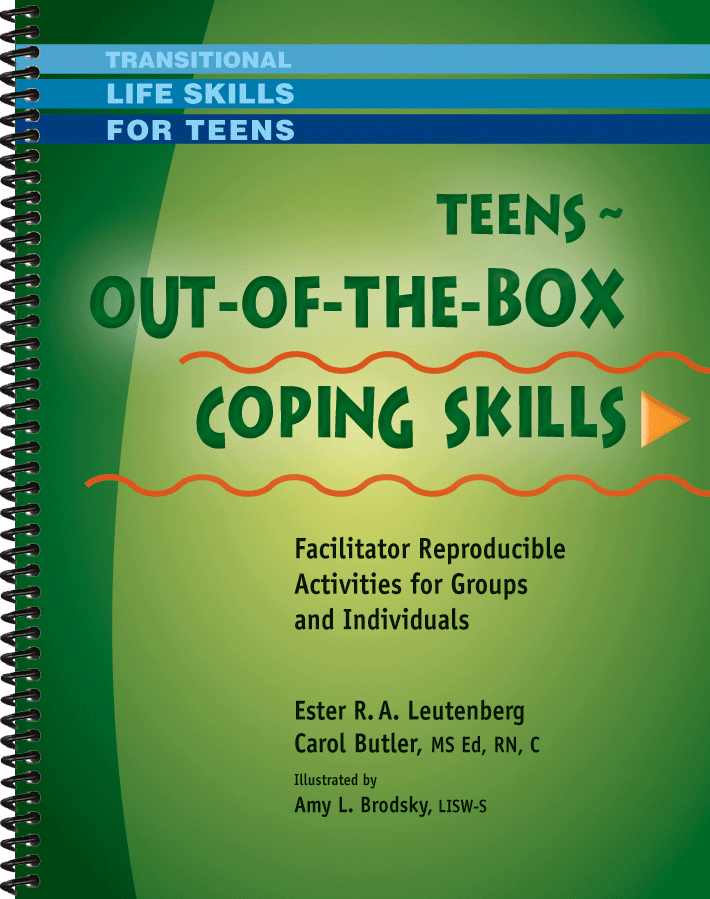If any group of therapists, counselors, or other caregivers of teenagers were asked if the pandemic has added to the mental health issues teens around us struggle with, most of them would reply with a resounding yes. The struggle of feeling alone presented by the pandemic has led many teens to question their reality, the adults around them, and their future. They are bombarded by social media influencers, the advertising industry, their parents and teachers, and their peers with conflicting messages that confuse and distress them. They haven’t had the everyday outlet of talking with their peers between classes, before and after school.
By early May 2020, emergency department (ED) visit counts for suspected suicide attempts began increasing among adolescents aged 12–17 years, especially among girls. During July 26–August 22, 2020, the mean weekly number of ED visits for suspected suicide attempts among girls aged 12–17 years was 26.2% higher than during the same period a year earlier; during February 21–March 20, 2021, mean weekly ED visit counts for suspected suicide attempts were 50.6% higher among girls aged 12–17 years compared with the same period in 2019. (CDC, 2021)
Mental health professionals are tasked with creating programs and activities that will not only help but will be acceptable to a very difficult to engage group of people…teenagers. The average ratio of students to counselors is 311 to one. Only one if five high school students are enrolled in a high school with enough counselors. (https://edtrust.org/resource/school- counselor%20ratio%20is,there%20is%20a%20sufficient%20amount%20of%20school%20counselors.) Now that schools have, for the most part, reopened, we are going to have to reach teens in large groups and hope that those in need will be helped or step forward and ask for more.
Given these parameters, how do we get through to teenagers in the situation described above, or even in a classroom of thirty who aren’t in the least bit interested in listening to someone they don’t know or trust rambling on about the state of their lives? Counselors need to develop unusual ways of catching the students’ attention. If we were all born comics, we could easily invent a plethora of activities ourselves. Since we aren’t, we tend to fall back on exercises we’ve been using for years and are surprised when they don’t have the anticipated impact. We search the internet and our own toolboxes for exercises that we feel might appeal to teenagers, make note of those that work, and use them in other settings. We network with our peers to find out what they are doing and how it is working. Are students responding? Are they reaching out for the help they need? Are they waiting weeks for their turn with the school psychologist?
The following worksheets are from Teens ~ Out-of-the-Box Coping Skills by Ester Leutenberg and Carol Butler, MS Ed, RN, C. The hands-on action and the visual aids foster anticipation, participation, and revelation. Download the Stress Less Kit to use with students and teenage clients, and see how it works.
*Download the Stress Less Kit from Teens ~ Out-of-the-Box Coping Skills here.

